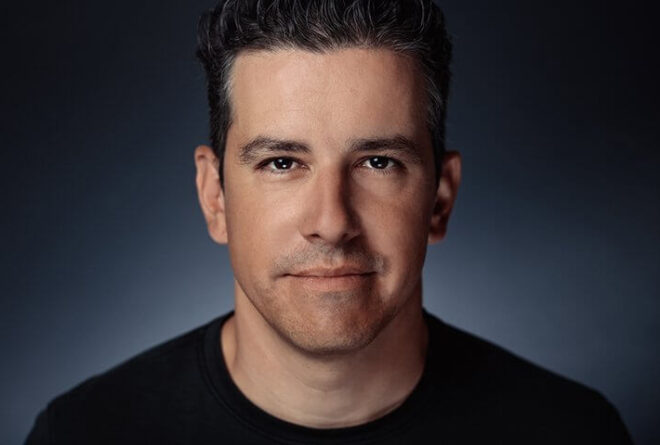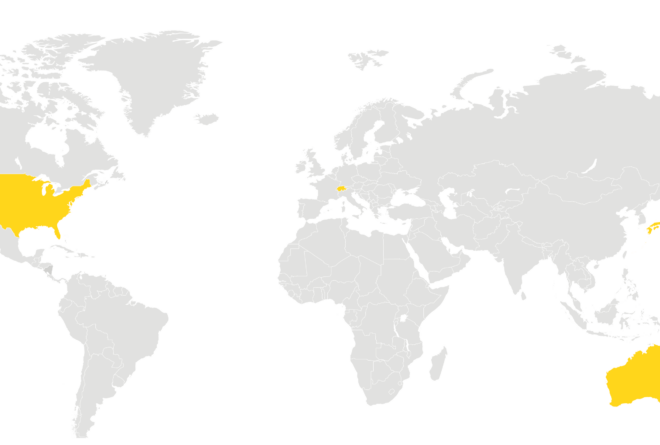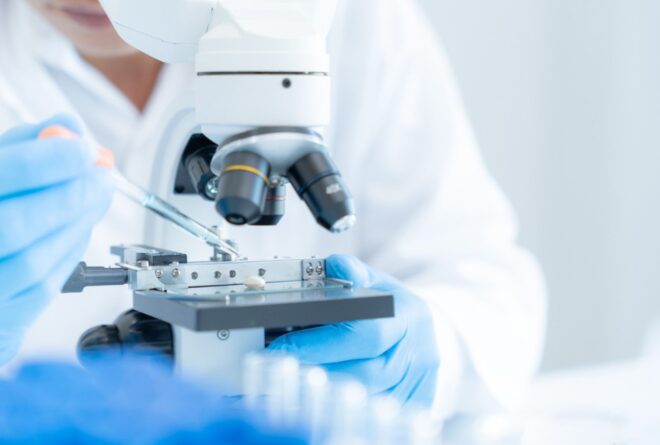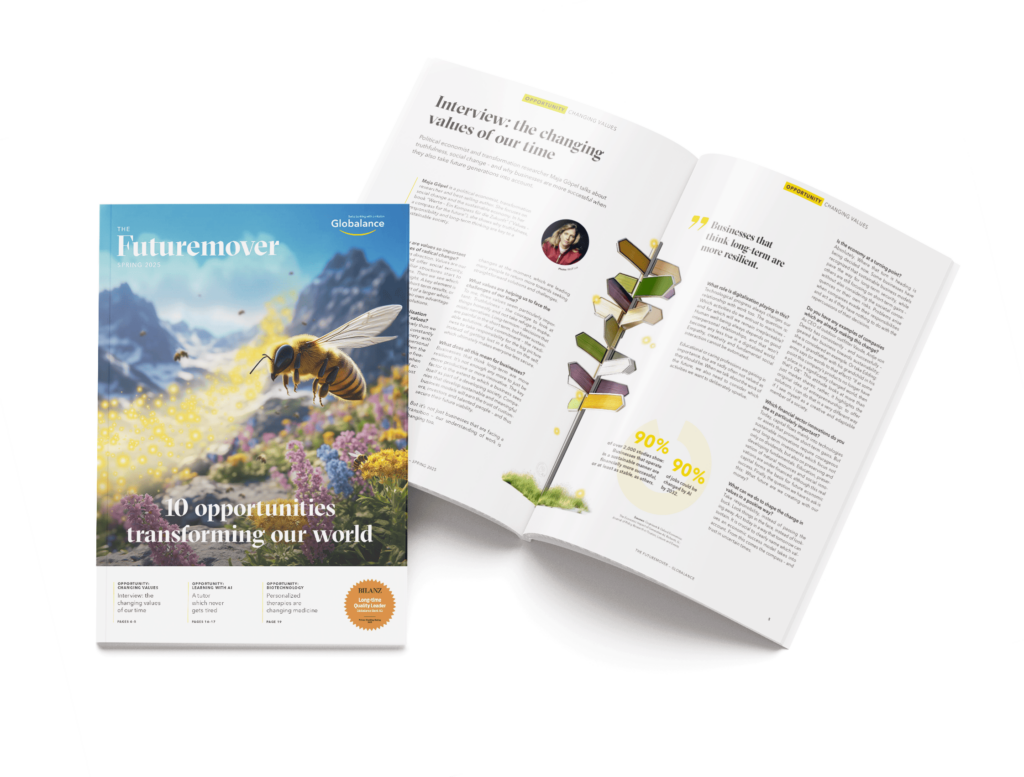News & Trends
Change Needs Adaptation

Meeting New with New
The well-known dictum from evolutionary theory “survival of the fittest” is often used incorrectly due to a fundamental misunderstanding of what it actually means. Charles Darwin saw the most adaptable as having a clear advantage in ensuring that they are fit to survive any new situation — this pandemic is further proof of exactly that. Satya Nadella (CEO of Microsoft) is convinced that “we have experienced two years of digital transformation in just two months” — adaptation in fast motion.
The vulnerabilities of national economies have been exposed in recent months and could now set social as well as economic transformation processes in motion. Resilience researcher Florian Roth from the Fraunhofer Institute for Systems and Innovation Research, ISI Karlsruhe, is convinced that organisations and societies can only develop a better resilience to critical situations by not only bouncing back from adversity and simply returning to their original state, but rather by using the momentum and daring to leap forward — “bounce forward”, he calls it.
Global Division of Labour Light
At the beginning of this pandemic, the fragility of our global supply chains was exposed for all to see. As these ground to a halt, almost every country experienced shortages of disinfectants and medical protective equipment, among other things. With laudable speed, local companies stepped in to fill the void — for example, the soap manufacturer Soeder and the gin brothers Deux Frères produced the hygienic alcohol. Are we too dependent on global supply chains, and have European manufacturers been too blinded by the costs savings to see the looming danger? It should be possible to produce sufficient quantities of essential goods in Europe — failing this, we would make ourselves too vulnerable in times of crisis. But in reality, China alone accounts for 30 percent of imported raw materials for medicines.
The political risks currently also seem to come out of nowhere. What should be done if the USA or China suddenly decide to become uncooperative? A change in risk assessment has prompted Austria, for example, to modernise a pharmaceutical plant in Tyrol, in which the Novartis pharmaceutical group is also investing € 150 million. From active ingredient to tablet, the only antibiotics production facility in the Western World. The lack of transparency in ever-longer supply chains entails a higher risk of disruption, something which has only recently become apparent to society at large.
The world of work will also be changing its skin in this regard, as increasing automation plays into the hands of Western companies — less labour in other countries, more machines in Europe production. While it is true that 12 percent of the world’s value creation still takes place in global supply chains today, the rising labour costs even in China and the development of modern technologies are enabling the production of more cost-efficient “Made in Europe”. Complete value creation is not coming back to Europe, but we are seeing some positive signs that a partial relocation back home is starting — achieving independence in manufacturing thanks to a new world of work.
More Open Flair
The world is getting smarter — never before has the level of education been so high. Connectivity enables us to generate an unprecedented diversity of knowledge. It doesn’t cost a dime to dream — so why should learning? The TUMO education centres for young people between the ages of 12 and 18 see it the same way and for this reason offer free learning on a number of future topics. Originally founded in Armenia, further centres have since been founded in Paris, Berlin, Beirut and Moscow. All of them pursue the same goal with innovative learning concepts and in state-ofthe- art centres — teaching future-oriented skills using the latest digital technologies. The aim here is to put participants in a position to leverage their acquired skills in robotics, programming, 3D modelling and many other areas and even improve them after graduating school. Another unintended, but very much appreciated side effect: girls are given a space to explore technical topics and boys try their hand at creative fields such as graphic design, so that old gender stereotypes are broken down and a colourfully mixed working world can develop. An effective project that can also serve as a model for more modern school systems.
Around 2/3 of the world’s population will be living in urban areas by 2050.
High and Wide
The age of megacities is upon us. It is predicted that by 2030, as many as 43 metropolises will have reached the ten million inhabitants mark, and that by 2050 around two thirds of the world’s population will be living in urban areas. Already today, more people already live in Tokyo than in Sweden, Norway, Finland, Denmark, Estonia, Latvia and Lithuania combined.
The increasing population density in cities will be challenging, but also offers opportunities. Access to health care and education is simplified, urbanisation makes it possible to reduce people’s ecological impact and make infrastructures more environmentally friendly. But what about the biodiversity of megacities? “Tiny forests”, the miniature primeval forests for the city, will regulate the urban climate in summer, bind fine dust and strengthen biodiversity. Purposefully prepared soils and densely planted trees and plants can grow up to ten times faster than an ordinary forest. Ideas for the architecture of the future are also maturing and shining green. In Milan, the Pirelli 39 building complex is to support a vertical green area in the future, with the CO2/O2 balance of a 10,000 m2 forest. In addition, 2,770 m2 of photovoltaics will cover 65 percent of the building’s energy consumption. Planting upwards — the rabbit out of smart cities’ hats.
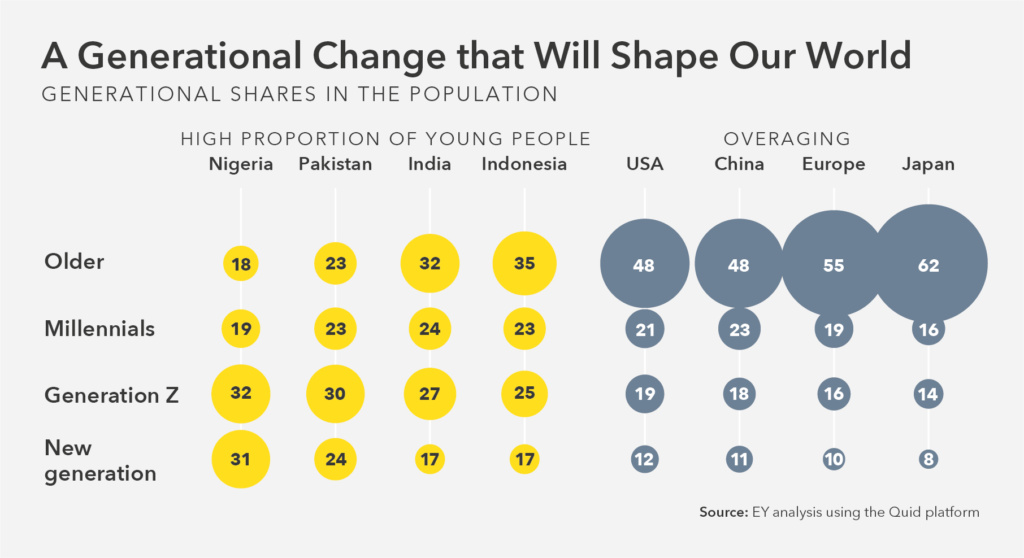
While Millennials are setting the tone today, the next decade will be marked by the maturation of Generation Z. This population group, aged between 10 and 24, comprises 1.9 billion people, representing 25% of the world’s population. The differences in dynamics between youthful countries (employing young people) and ageing countries (managing social costs and maintaining lifestyles) will have a major impact on economic, trade and foreign policy.
Reasons for Optimism
- The pandemic has shown us the feasibility of transformations
- The primacy of resilience corrects numerous exaggerations
- Science has gained acceptance
Reasons for Pessimism
- Changes in global supply chains hit the poorest the hardest in the short term
- Only a few megacities meet the sustainable ideal in reality
- Equality for women is still far from being achieved
The Globalance View
Digitalisation will continue to change our social structures. However, these changes also increase our ability to learn and open up new possibilities and perspectives
